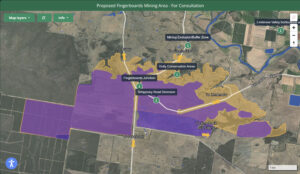
At the Institute of Science and Technology Austria (ISTA), researchers have made significant strides in understanding the complex processes that lead to lightning. By employing lasers to manipulate and observe micron-sized particles, they are uncovering the intricate dynamics of cloud electrification.
This innovative approach allows scientists to trap and charge tiny particles, enabling them to study how these particles interact over time. The use of lasers as “tweezers” may sound like something out of a science fiction story, but it is a cutting-edge technique that is yielding valuable insights into the mechanisms behind lightning formation.
Understanding cloud electrification is crucial, as it plays a vital role in weather phenomena and atmospheric chemistry. The research team, led by prominent scientists at ISTA, has focused on how particles gain and lose charge. This process is essential for the development of electrical fields that can ultimately lead to lightning strikes.
The ability to manipulate these particles with precision is groundbreaking. By observing the charging dynamics under controlled conditions, the researchers can gather data that was previously difficult to obtain. Their findings could pave the way for better predictive models of thunderstorms and lightning activity.
As the team continues its experiments, they anticipate that their research will contribute significantly to the scientific understanding of lightning and its associated phenomena. The implications of this work extend beyond mere curiosity; improved knowledge of lightning could enhance safety measures and inform infrastructure planning in regions prone to severe weather.
In a world increasingly affected by climate change, understanding atmospheric processes becomes even more critical. Insights gained from this research could help mitigate the impacts of extreme weather events, providing essential information for communities at risk.
The work being done at ISTA exemplifies the intersection of innovative technology and fundamental research. By applying advanced methods such as laser manipulation, scientists are not only advancing our understanding of natural phenomena but are also opening new avenues for exploration in atmospheric science.
As researchers continue to refine their techniques and expand their studies, the potential for transformative discoveries in the realm of meteorology remains vast. The journey to fully comprehend what sparks lightning is far from over, but with each breakthrough, we draw closer to demystifying one of nature’s most powerful displays.







